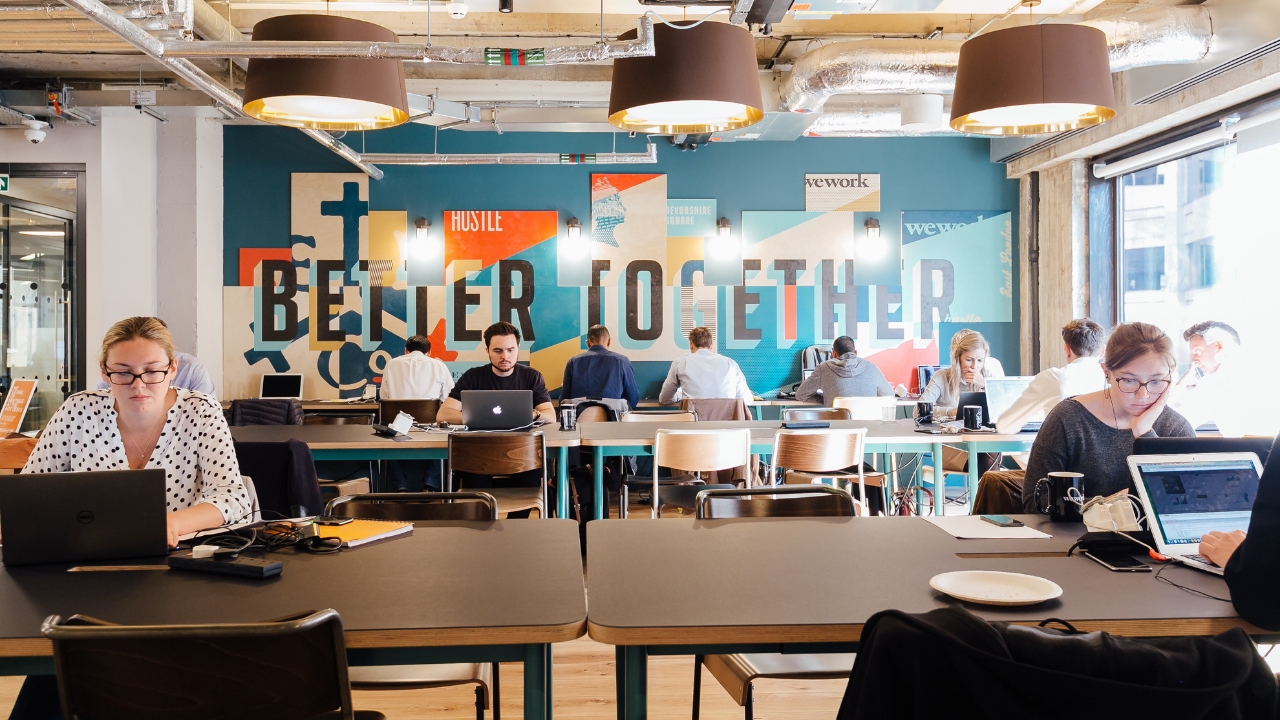The standards for workplaces has been evolving for the past few years and pivoting away from the traditional 9 to 5 hours and cubicle-laden office spaces. Now, employees expect more flexibility in design to cater to individual work and collaboration. But how can businesses prepare for what is to come?
As some companies work to find where they fit into this new environment, it seems that three factors will define the future of the workplace: artificial intelligence, workplace and workforce transformation, and agile workspaces.
This transformation is partly due to having a wide variety of generations working in a single space, so companies are expected to be ready to accommodate different styles of working.
Additionally, coworking spaces and remote working will become more of the norm due to the gig economy. This also paves the path for more technology implementation in offices, such as collaboration tools, video conferencing, and booking software.
With this, multipurpose offices will play an even bigger role than they already do. Shared workspaces allow workers to easily find flexibility in both workstyle (private offices, open office design, hot desks, etc.) and short-term leases.
Overall, employees from various generations are showing preference towards mobility and flexible workstyles, which will potentially aid businesses in attracting and retaining talent.


 Dr. Gleb Tsipursky – The Office Whisperer
Dr. Gleb Tsipursky – The Office Whisperer Nirit Cohen – WorkFutures
Nirit Cohen – WorkFutures Angela Howard – Culture Expert
Angela Howard – Culture Expert Drew Jones – Design & Innovation
Drew Jones – Design & Innovation Jonathan Price – CRE & Flex Expert
Jonathan Price – CRE & Flex Expert










